Investing in the Future of Our Public Health System
By: Ian Corbridge, Director of Quality and Performance, Washington State Hospital Association
 Like most Americans, investing and thinking about the future is not easy for me. Investing money now for when I’m 70 is a lot less appealing in the moment than buying a new carbon fiber mountain bike. Like most Americans, investing and thinking about the future is not easy for me. Investing money now for when I’m 70 is a lot less appealing in the moment than buying a new carbon fiber mountain bike.
This said, pivotal moments or crises in our lives often help us reprioritize what is important. My daughter was diagnosed with a serious medical condition after her first birthday. As new parents we were devastated, and we immediately began treatment. Once her care began, we started thinking about her long-term needs. What would she need to be successful? What would happen to our daughter if we, her parents, were no longer around? Faced with mounting challenges, we made the critical decision to invest in our daughter’s future to ensure she has a vibrant and happy life.
This year, the state legislature will have to make a similar decision about investing in our state’s public health system. Like my daughter, our state’s public health system is facing serious challenges. These challenges compromise the public health system’s ability to ensure healthy and vibrant communities.
To reduce the biggest threats to our communities, we need our state to make a crucial $100 million investment in the future of our public health system. This permanent investment, made in the 2019 and 2020 biennium, will help fill critical gaps and ensure the public health services we all rely on are readily available for all residents of Washington.
Years of inadequate funding has left the state and local public health systems straining to protect the public. We are now at increased risk for outbreaks of communicable diseases like measles, which for years had been under control but there are now active cases in Clark and King County. Our kids are at increased risk of being exposed to high levels of lead or other environmental toxins, and we don’t have detection systems in place to quickly identify and stop the spread of disease.
The investments my wife and I made for our daughter are like the state’s need to invest in public health. Time is critical. Intervening early can stop issues before they become a crisis. We may not see the immediate benefits, but science and data show that our investments will pay off in the long run. And, we may never need some services or capabilities, but when we do need them, we need them immediately and without question.
As my wife and I made the important decision to invest in the future, I hope lawmakers will do the same and fully invest in our state’s public health system, ensuring a brighter and healthier future for all. Join the WSPHA as we talk to our representatives about this investment at Legislative Advocacy Day on March 6, 2019. Register today.
Past blogs
Public Health in the New Year
By: Ginny Weir, Director, Dr. Robert Bree Collaborative
I ’d argue that nearly everything we do falls under the umbrella of public health. From responding to natural disasters to city planning, every sidewalk (or lack thereof), drop of (treated) water, and medical procedure has an effect on our health. Bill Foege, a past Director of the Centers for Disease Control and Prevention, said this more poetically, “There is no human endeavor that is outside the realm of public health.” This is powerful and inspiring – but also makes telling the story of public health more difficult. How do we talk about public health if everything we do is in fact public health? Who can speak for public health if public health is part of all that we do? Read more. ’d argue that nearly everything we do falls under the umbrella of public health. From responding to natural disasters to city planning, every sidewalk (or lack thereof), drop of (treated) water, and medical procedure has an effect on our health. Bill Foege, a past Director of the Centers for Disease Control and Prevention, said this more poetically, “There is no human endeavor that is outside the realm of public health.” This is powerful and inspiring – but also makes telling the story of public health more difficult. How do we talk about public health if everything we do is in fact public health? Who can speak for public health if public health is part of all that we do? Read more.
Live Well San Diego
By: Nick Macchione, MS, FACHE, Agency Director
Health and Human Services, County of San Diego
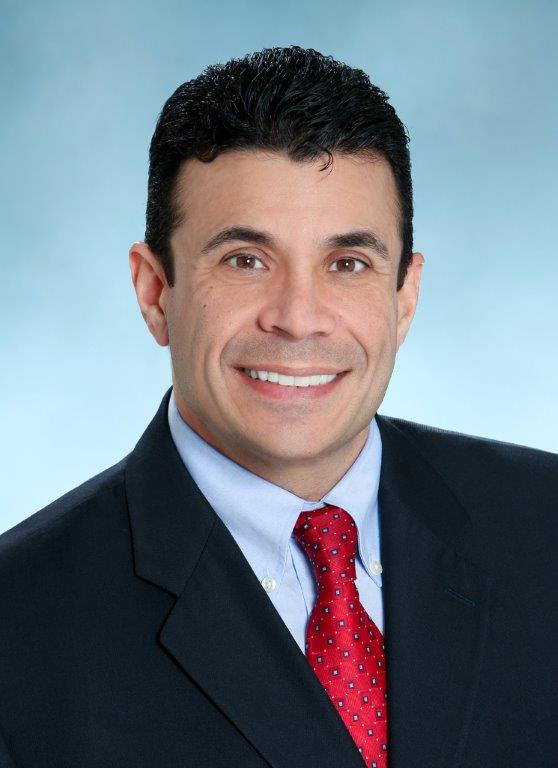
When asked, what is Live Well San Diego? I say it’s all about improving lives.
Live Well San Diego is a regional vision that we have adopted, which outlines what we are doing collectively to build better health, live safely and thrive. In County government, it’s our north star that helps guide the provision of housing, health and human services and resources. It’s how we do business and improve the lives of one in three or approximately 1.3 million San Diegans. It all started in 2008. I was the newly promoted director of the County’s Health and Human Services Agency. I was tasked with answering one question: “How do we help over 3 million San Diego residents lead healthier lives?” Seeking solutions was no simple or straightforward task. Complex problems require complex solutions, and in order to create sustainable improvements across a diverse and geographically vast region, we had to seek input representing a range of diverse perspectives in the brainstorming process. Read more.
Let's Talk Immunization
By: Mackenzie Melton and Izzy BrandstetterWithinReach Immunization Experts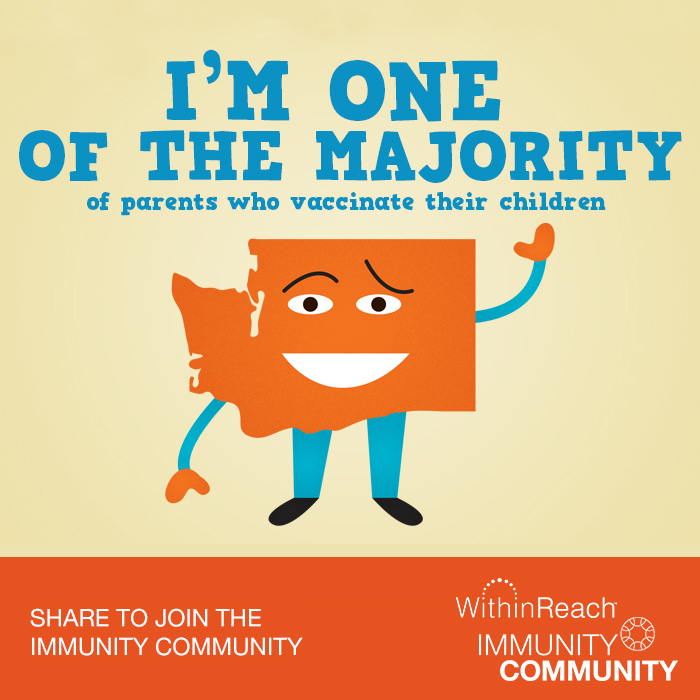 August 1, 2018Since August is National Immunization Awareness Month, we felt it’s only appropriate to highlight why the rush and overwhelm to immunize, in the summer months especially, are so crucial to maintaining health and wellness among our families and throughout our communities.With children spending the majority of the day together in a classroom during the year, it’s also the optimal breeding ground for many bacteria and viruses that can cause serious illness. Fortunately, a large portion of these illnesses can be prevented through routine immunizations. And for those with pre-existing health conditions that hinder them from being immunized themselves, we vaccinate so that they can be protected from illness, and benefit from community immunity. Read More. August 1, 2018Since August is National Immunization Awareness Month, we felt it’s only appropriate to highlight why the rush and overwhelm to immunize, in the summer months especially, are so crucial to maintaining health and wellness among our families and throughout our communities.With children spending the majority of the day together in a classroom during the year, it’s also the optimal breeding ground for many bacteria and viruses that can cause serious illness. Fortunately, a large portion of these illnesses can be prevented through routine immunizations. And for those with pre-existing health conditions that hinder them from being immunized themselves, we vaccinate so that they can be protected from illness, and benefit from community immunity. Read More.
Rethinking Our Approach for Urban Indian Studies
By Adrian Dominguez, MS and Rose James, PhDUrban Indian Health Institute, Seattle Indian Health Board
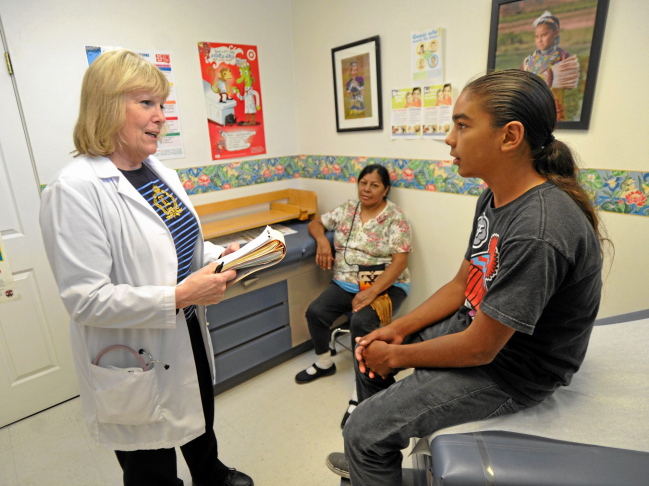
July 1, 2018American Indian and Alaska Native (AI/AN) communities have an understandable mistrust of research. This stems from the misleading efforts by non-Native scientists to assess American Indian and Alaska Native (AI/AN) communities and the drawing of pre-conceived outcomes and descriptions that would support the genocide of a community that was once believed to be inferior, barbaric, savage-like, and uncivilized. Practices involved deception, dishonesty, and trickery, resulting in physical harm, such as radiation studies among AI/AN people presented as clinical care and the forced sterilization of AI/AN females.As non-Native scientists completed their research, they reported findings that were inaccurate, false, and unreliable, and that paved the road to openly stigmatize and misrepresent AI/ANs. Read more.
Summer Break with or without Hunger
By Debra French, Director, WSPHA Board of Directors

June 1, 2018
Schools out and its summer break, for many a time for relaxation, vacations, fun and some sunshine but for some, it’s a bit more stressful. Millions of children who rely on free and reduced-priced school breakfast and lunch during the school year, lose access to those meals when summer break begins. The federal government provides funding for the Summer Food Service Program (SFSP) and the Seamless Summer Option (SSO) both are key to bringing nutritious meals and snacks to children during the summer months. Read more.
Adverse Childhood Experiences and Public Health
By Amy Person, MD, Director, WSPHA Board of Directors

May 1, 2018Behavioral health disorders are common – but what role can public health play? One in eight adults in Washington State reports poor mental health and one in three Washington 10th graders reports depressive feelings. We cannot achieve the highest health potential for individuals, families or communities without including behavioral health as a public health priority. Applying the public health model to behavioral health can also shift the focus to include primary prevention as well as improving access to treatment. Read more.
Celebrating National Public Health WeekBy Ginny Weir, MPH, Director, Bree Collaborative
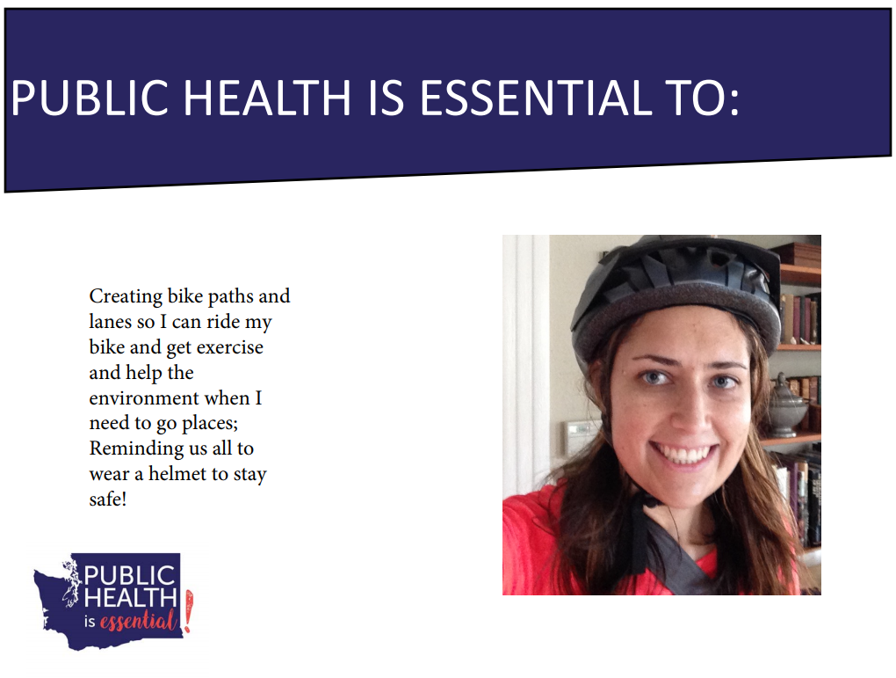
April 1, 2018
Public health is essential to building a healthier Washington and stands on foundational public health services like chronic disease and injury prevention, maternal and child family health, access to clinical care, environmental public health, vital records, and communicable disease control. Although Public health week has already passed, there are still plenty of ways to get involved and advocate for a healthy community. Read more.
Legislative Education Day: What Comes Next?By Heather Thomas, MPA, Public & Government Affairs Manager, Snohomish Health District
 March 1, 2018 March 1, 2018
On February 7, more than 150 public health ambassadors from around the state gathered in Olympia for our annual WSPHA Legislative Education Day. The morning session kicked off with a welcome from WSPHA president David Reyes, followed by remarks from Secretary of Health John Wiesman. Secretary Wiesman shared his perspectives on a variety of public health issues at the state and federal level. Read more
Legislative Education DayBy Anne Burkland, Government Relations Specialist, Public Health Seattle and King County

February 1, 2018
Join public health officials from across the state and have your voice heard at our annual legislative education day on February 7, 2018.Your day will begin with Secretary of Health John Wiesman. You’ll also hear from state lawmakers and your colleagues who are leading the charge for more funding dedicated to public health. You’ll be provided talking points and an opportunity to develop and practice the key messages you want your representatives to hear. Read more
The Opioid Epidemic in WashingtonBy Ginny Weir, Program Director, Dr. Robert Bree Collaborative  January 1, 2018The opioid epidemic has impacted every community in Washington State. Across the country, opioid overdose is now the leading cause of accidental death. But some counties are hit harder than others and disparities exist between how racial and ethnic groups are burdened with the epidemic. Solutions must be both based in local communities and supported across the state. Our Washington state opioid response plan calls on all of us, state government agencies, local health departments, professional groups, community organizations, health care systems, and others to work together on priority areas. Read more. January 1, 2018The opioid epidemic has impacted every community in Washington State. Across the country, opioid overdose is now the leading cause of accidental death. But some counties are hit harder than others and disparities exist between how racial and ethnic groups are burdened with the epidemic. Solutions must be both based in local communities and supported across the state. Our Washington state opioid response plan calls on all of us, state government agencies, local health departments, professional groups, community organizations, health care systems, and others to work together on priority areas. Read more.
|
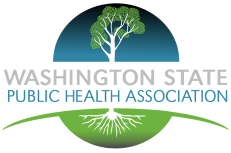
 Like most Americans, investing and thinking about the future is not easy for me. Investing money now for when I’m 70 is a lot less appealing in the moment than buying a new carbon fiber mountain bike.
Like most Americans, investing and thinking about the future is not easy for me. Investing money now for when I’m 70 is a lot less appealing in the moment than buying a new carbon fiber mountain bike. ’d argue that nearly everything we do falls under the umbrella of public health. From responding to natural disasters to city planning, every sidewalk (or lack thereof), drop of (treated) water, and medical procedure has an effect on our health. Bill Foege, a past Director of the Centers for Disease Control and Prevention, said this more poetically, “There is no human endeavor that is outside the realm of public health.” This is powerful and inspiring – but also makes telling the story of public health more difficult. How do we talk about public health if everything we do is in fact public health? Who can speak for public health if public health is part of all that we do?
’d argue that nearly everything we do falls under the umbrella of public health. From responding to natural disasters to city planning, every sidewalk (or lack thereof), drop of (treated) water, and medical procedure has an effect on our health. Bill Foege, a past Director of the Centers for Disease Control and Prevention, said this more poetically, “There is no human endeavor that is outside the realm of public health.” This is powerful and inspiring – but also makes telling the story of public health more difficult. How do we talk about public health if everything we do is in fact public health? Who can speak for public health if public health is part of all that we do? 
 August 1, 2018Since August is National Immunization Awareness Month, we felt it’s only appropriate to highlight why the rush and overwhelm to immunize, in the summer months especially, are so crucial to maintaining health and wellness among our families and throughout our communities.With children spending the majority of the day together in a classroom during the year, it’s also the optimal breeding ground for many bacteria and viruses that can cause serious illness. Fortunately, a large portion of these illnesses can be prevented through routine immunizations. And for those with pre-existing health conditions that hinder them from being immunized themselves, we vaccinate so that they can be protected from illness, and benefit from community immunity.
August 1, 2018Since August is National Immunization Awareness Month, we felt it’s only appropriate to highlight why the rush and overwhelm to immunize, in the summer months especially, are so crucial to maintaining health and wellness among our families and throughout our communities.With children spending the majority of the day together in a classroom during the year, it’s also the optimal breeding ground for many bacteria and viruses that can cause serious illness. Fortunately, a large portion of these illnesses can be prevented through routine immunizations. And for those with pre-existing health conditions that hinder them from being immunized themselves, we vaccinate so that they can be protected from illness, and benefit from community immunity. 



 March 1, 2018
March 1, 2018
 January 1, 2018The opioid epidemic has impacted every community in Washington State. Across the country, opioid overdose is now the
January 1, 2018The opioid epidemic has impacted every community in Washington State. Across the country, opioid overdose is now the 